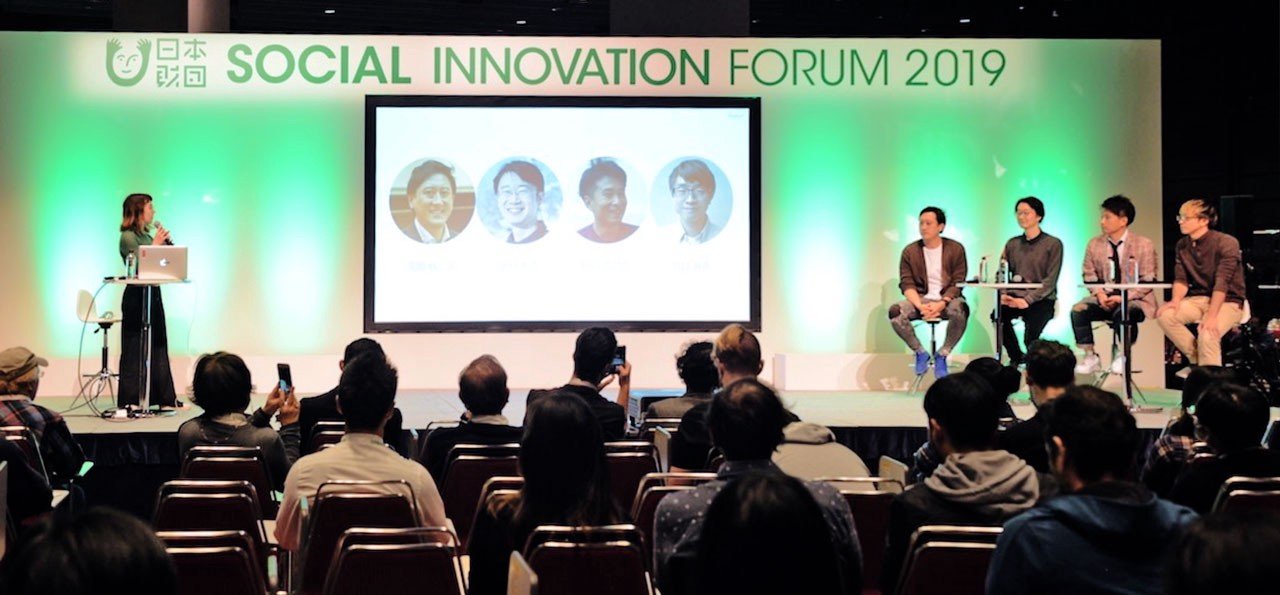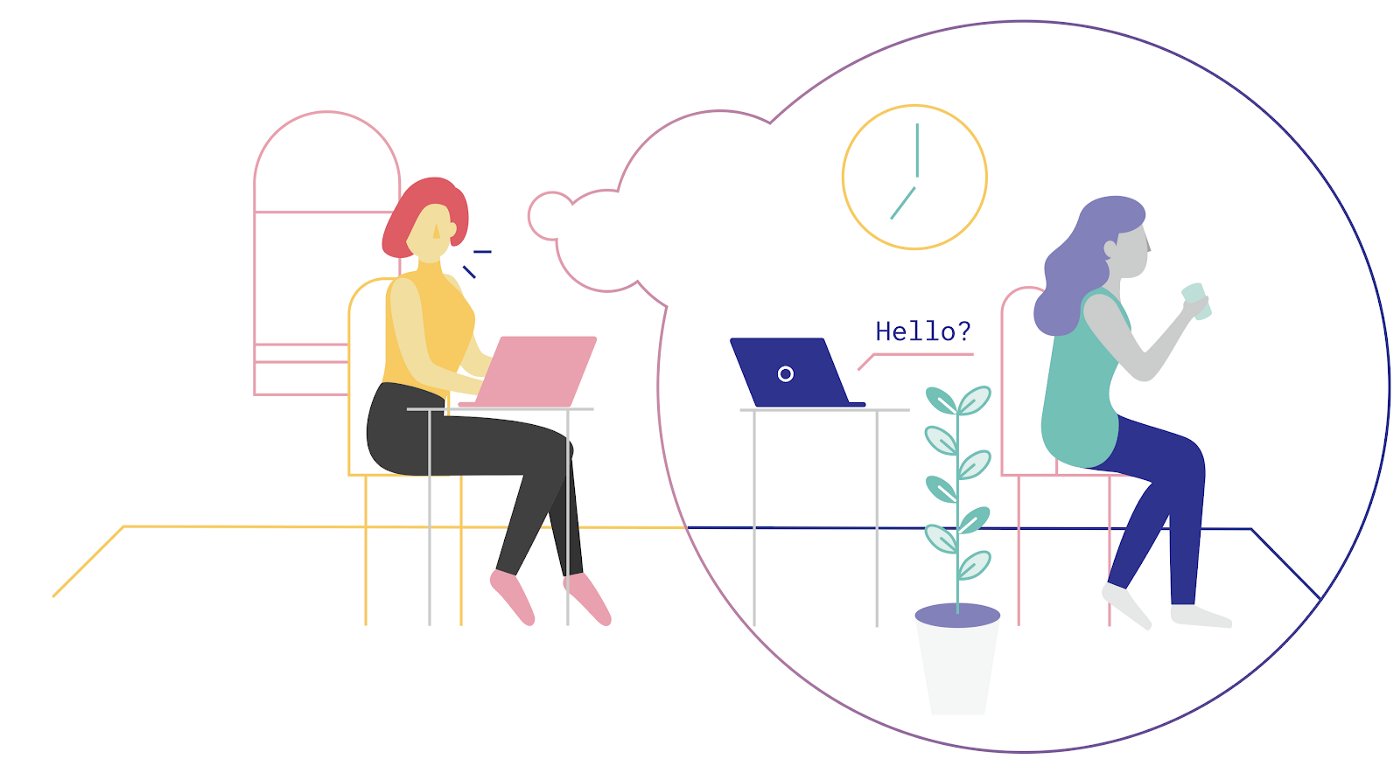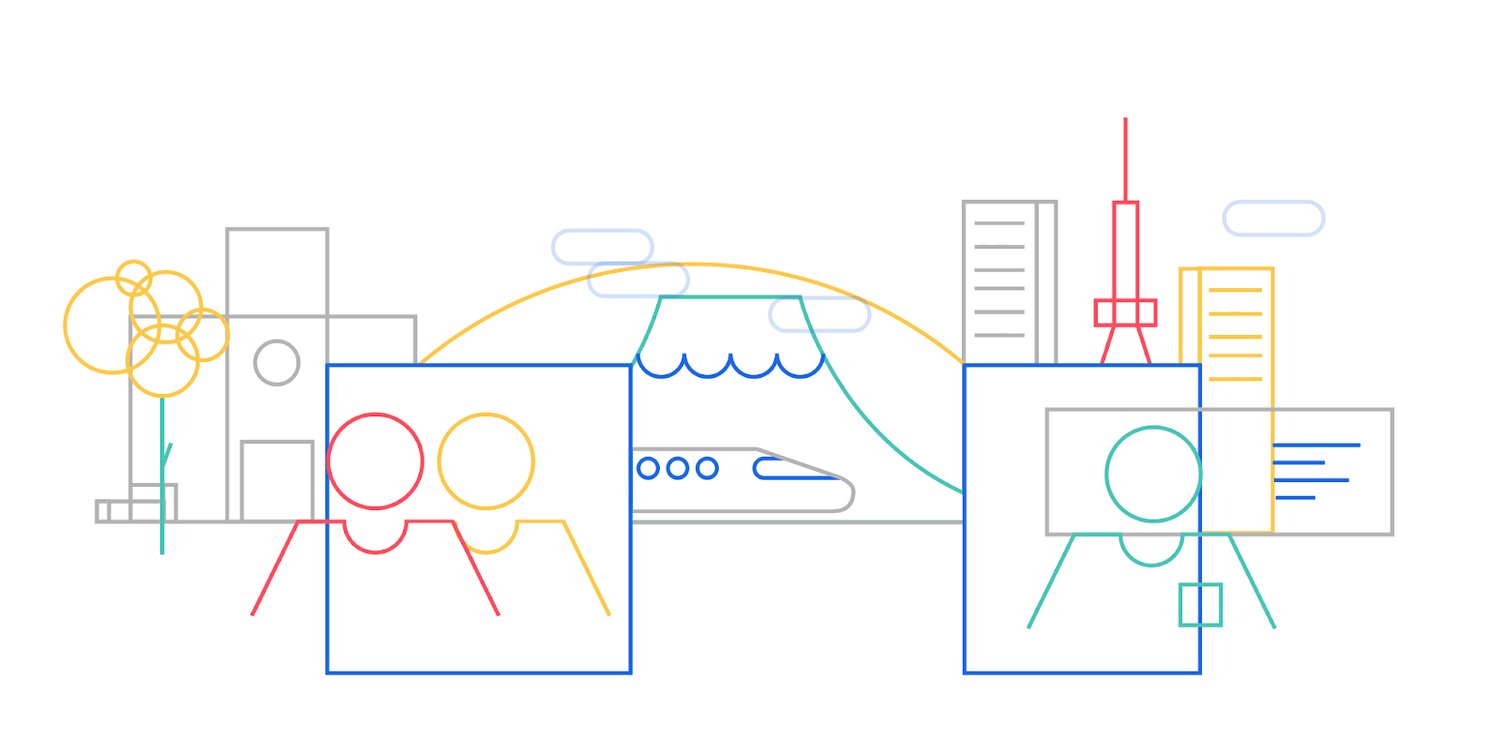Summary
- tonari hosted a panel discussion at Social Innovation Forum 2019 on how work and education can advance when tools like tonari are more widely available.
- We invited experts in enterprise technologies, remote education, and architecture to share new developments in their fields, and their ideas about the future.
- Video communication is already enabling new remote work and e-learning opportunities. Zoom and Hangouts are becoming mainstream.
- Current tools don’t solve for all needs; people still need to spend physical time together for informal chatter and relationship building.
- tonari is designed in a more human-centric way, and may be able to provide access to work and education for more people and situations not supported by current tools.
- In the next 2–5 years, when tonari or similar technologies become more mature, people will have more options on where to live, work, and learn.
In modern urban living, family, work, school, and community are increasingly harder to keep in the balance. Today in Japan, 55% of people in Tokyo spend over 2 hours each day traveling between home and work. Prices are increasing while the average household is already spending over 1/3 of income on rent (in some US cities, it’s closer to 1/2). Commutes are long, housing is cramped and expensive, and we are constantly giving up our most precious commodity as we bounce between places: time.
How would all of this change if we could be teleported instantly; if we could access work and education from anywhere? Which tools are starting to enable this experience? When can we realistically expect it be good enough for everyone?
We posed these questions to a panel of experts from the fields of remote work, education, engineering, and architecture at the Social Innovation Forum 2019:

- Shinji Asada — Japan Head of Salesforce Ventures, former Itochu Technosolutions. Asada-san was personally involved in investing in Japan’s most popular enterprise solutions including Sansan (IPO), TeamSpirit (IPO), freee (IPO), Bizreach, and many others.
- Satoshi Fujimura — Director at Mistletoe and LivingAnywhere Institute. Fujimura-san is actively involved in many education-related projects including Explayground, a joint venture with Tokyo Gakugei University, and VIVITA, a play-focused program for children to build and learn.
- Shinji Ineda — Board member of Frontier Consulting, an interior design and office consulting company, and a licensed Architect. Through various channels, he aims to improve corporate productivity and realize diverse ways of working.
- Ryo Kawaguchi — tonari co-founder, Lead Engineer. Before starting tonari, Ryo previously worked on Google Maps as an engineering lead, where he managed large-scale engineering efforts that impacted hundreds of millions of users.
We began our discussion with this premise: in the next 2–5 years, workplaces and classrooms will be more connected by new communication technologies like tonari. (For those unfamiliar with tonari, we create an always-on immersive environment that enables people to be together and communicate naturally and spontaneously, as if they’re in the same place. Imagine it being like an open doorway into another room.)
When access to this kind of technology and infrastructure can be made available more broadly to varying socioeconomic classes and regions, we believe people will be more empowered to choose their lifestyle and where they want to live.
Video communication tools are paving the way for remote work and learning
According to Shinji Asada, video communication is taking off in Japan: “Startups and smaller organizations are embracing it as a way to efficiently utilize their time; meanwhile, traditional firms remain reliant on face-to-face engagements with 80% of meetings being conducted face-to-face.”
Asada-san sees significant room for growth in video communication, and believes two of the fastest growing providers of this experience are Zoom and Google Hangouts.
Meanwhile, Japan is closing 500 public schools per year due to severe population decline in rural areas. In fact, half of all rural towns and villages are forecasted to disappear within the next 20 years.
Shinji Ineda explained, “Youth in remote islands are disadvantaged by a lack of after school programs and information about the life and work opportunities outside of their small communities. I experienced this first-hand, having grown up in Izu Oshima through high school, and didn’t have any sense of a bigger world until I left for college.”
His anecdote points to a clear need for improved access to instructors and educational materials that can be taught remotely. According to Satoshi Fujimura, Dwango N School and Minerva KGI are the thought leaders in this field. Neither have a main physical campus, and have been successful in designing curriculums specifically for remote education and learning by utilizing a blend of collaboration tools and communication protocols to recreate a school environment and sense of community that is conducive to learning.
While video communication becoming easier, people still need to meet and spend physical time together
So if video communication is enabling remote work and learning experiences, why bother with physically meeting? We explored this idea in a previous post on remote work.
Fujimura-san shared that for teams like Mistletoe that are experimenting with not having an office, “the realization has been that the office serves an important function as a space for gathering and chatting informally.”
This view aligns with Ineda-san’s, who mentioned that “relationship building and fostering corporate culture across remote and distributed teams is increasingly becoming a hot topic among corporate clients” in his office design business.

It’s important for us to meet in-person because it allows us to be more spontaneous, more informal, and more expressive and natural. When working remotely, it can be frustrating to wait 10 minutes or more for someone to reply when you have a quick question. It can be hard to express a nuanced idea or creative thought over chat or email, when a mutual back-and-forth exchange is so important to the collaborative process. And it can be hard to notice subtle but important changes in mood and attentiveness.
And so much important communication is unplanned. Coffee breaks, lunches, and water-cooler moments are typically how we learn about the humanizing things that are happening in each others’ lives, how we break down silos and glean information about what’s happening across the organization, or end up sharing little anecdotes and tricks of the trade that tend to get lost or never end up in official manuals.
All this matters, because this is how people actually build working relationships. Studies in social physics show that making even small changes to how we communicate can have a significant impact on team efficiency and collective intelligence.
Technology needs to become more human-centric
Technology is enabling more asynchronous communication and remote work and learning experiences, but still needs time to mature.
Ryo Kawaguchi explained that “tonari tries to take a very human approach in its design philosophy; for example, it’s always on because it places great value on spontaneous nonverbal and informal communication.” And some of these advances are happening only because the technology can finally enable it: “We can only really start to do this now, thanks to the meteoric rise of computing power coupled with a decline in high-end hardware costs.”
In the next 2 years, we can expect to see features like projections that cover entire walls to seamlessly connect classrooms and offices, followed by a mass produced version of tonari that would make it available to anyone who wants to connect two spaces.
Among other types of communication technologies, VR has been an interesting experiment but Asada-san believes it is dead in the water, whereas AR looks more promising: “Uptake of VR has been slow and use cases thus far are not compelling.” On a related note, Fujimura-san shared that, “While some students benefit from VR learning (e.g. those with high anxiety or special needs), in general, a more human-centric solution like tonari to connect classrooms and offices is more plausible for socialization and building trust and relationships among distributed colleagues and classmates.”
Conclusion
As technologies like tonari mature and develop in the next 2–5 years, work and education could become more decentralized. This would give people more choice over where they live, which could in turn spur regional revitalization.
Ineda-san does not expect a stampede out of cities into rural areas, but he sees more people and ideas flowing between cities and the surrounding countryside. “The merits of a city could then become re-evaluated in the same way that the value of brick-and-mortar shops has changed with the advent of e-commerce.”
Once city-life is no longer the sole option for finding work, talent, and schools, we can begin to re-evaluate the merits of city vs. country life, and more fully benefit from having both.

If you enjoyed this and want to learn more about tonari, please visit our website and follow our progress via our monthly newsletter. And if you have questions, ideas, or words of encouragement, please don't hesitate to reach out at hey@tonari.no. 👋
Find us 💙
Facebook: @heytonari Instagram: @heytonari X: @heytonari
